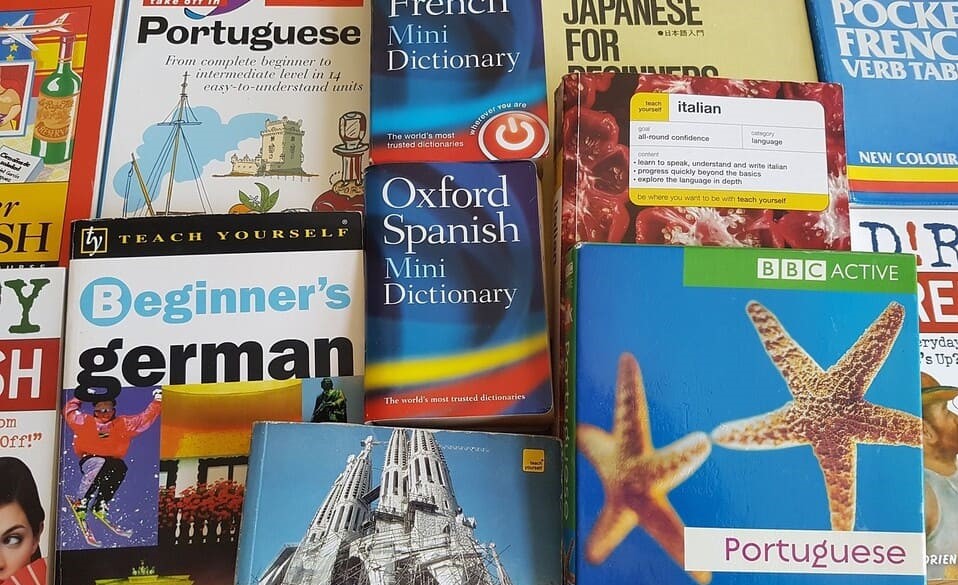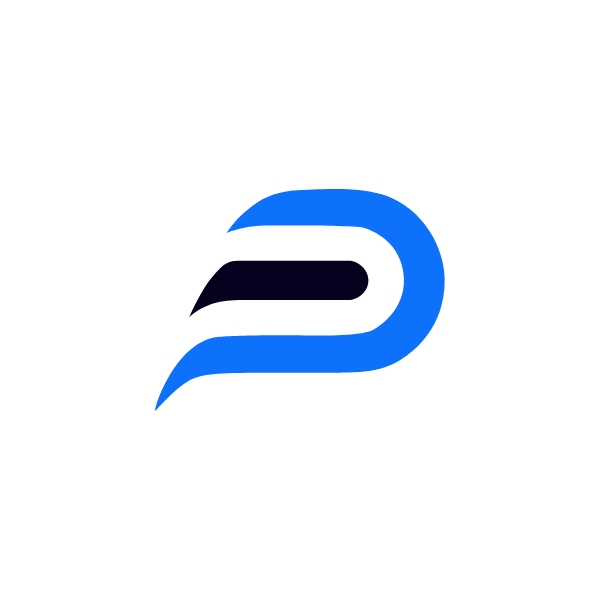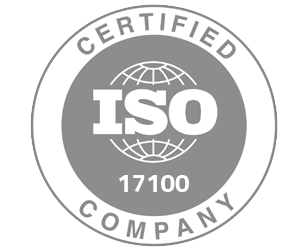
Language Industry Trends in 2025
Ten years ago, a product launch in ten markets meant ten translators, long email threads, and a maze of spreadsheets. In 2025, it means one integrated platform, smart automation, and real-time quality control. The language industry has evolved from a fragmented, document-focused process into a strategic, tech-enabled operation supporting fast-paced global growth. This article explores the key trends shaping the language industry in 2025.
1. Widespread Integration of AI and Human Collaboration
In 2025, machine translation (MT) is no longer viewed as a replacement for human translators but as a powerful complement. Language service providers (LSPs) increasingly adopt a hybrid model—leveraging AI for speed and cost-efficiency while relying on human linguists for quality assurance, nuance, and cultural relevance.
Machine Translation Post-Editing (MTPE) is now a standard service offering for many agencies, especially in industries requiring fast content turnover such as e-commerce, travel, and user-generated platforms. The trend also sees a deeper integration of AI tools into Translation Management Systems (TMS), including real-time translation suggestions, style-guide enforcement, and AI-assisted terminology management.
2. Localization Becomes Hyper-Local
Global brands are moving beyond simple translation into full-scale hyper-localization strategies. In 2025, content isn’t just translated into a language—it’s tailored to specific dialects, regional preferences, and local regulations. For example, a campaign for Spanish speakers in Mexico will differ significantly from one targeting Spanish speakers in Argentina or the U.S.
Hyper-localization extends to visuals, tone of voice, idiomatic expressions, and even product offerings. The ability to craft culturally sensitive, region-specific content has become a critical differentiator for language service providers.
3. Increased Demand for Multimedia and Subtitling Services
The boom in digital content consumption—especially through streaming platforms, social media, and e-learning—has driven a significant increase in demand for multimedia localization services. In 2025, subtitling, voice-over, and dubbing services are among the fastest-growing sectors within the language industry.
More importantly, clients are requesting adaptive subtitling—taking into account reading speed, cultural norms, and accessibility. Regulatory compliance, such as subtitling for the hearing-impaired or local content standards, is also pushing companies to seek expert providers familiar with both technology and legislation.
4. Certified and Official Translation Services on the Rise
Due to growing international mobility and digital immigration systems, certified translation services are becoming more relevant than ever. Applications for visas, work permits, academic programs, and citizenship increasingly require notarized, sworn, or certified translations.
In 2025, demand has grown not just in English-speaking countries like the U.S., UK, and Canada but also in the EU, where multilingual documentation is a legal requirement. Agencies that can provide country-specific certifications—such as USCIS compliance or UK ENIC recognition—are in high demand.
5. Terminology Management and Client-Specific Glossaries
To maintain brand consistency across languages, more companies now require precise terminology management. Translation agencies are expected to maintain up-to-date termbases and style guides tailored to each client.
In 2025, cloud-based terminology tools have become more refined, often integrated directly with CAT tools and TMS platforms. These systems can auto-suggest terms in real time and ensure consistency across departments and projects. This trend is especially relevant for legal, medical, technical, and financial content, where accuracy and consistency are critical.
6. Data Security and Compliance Take Center Stage
As language services increasingly involve sensitive information—medical records, legal documents, corporate communications—data protection has become a non-negotiable standard. In 2025, LSPs must comply with stringent data privacy regulations such as GDPR, HIPAA, and industry-specific standards.
Clients now expect encrypted file transfer, secure cloud platforms, and signed non-disclosure agreements as part of standard operating procedures. Agencies that invest in cybersecurity and data handling protocols are gaining a competitive edge.
7. Sustainability and Ethical Language Practices
Another growing trend in 2025 is the emphasis on ethical and inclusive language. Businesses are increasingly conscious of the social impact of their messaging and require language services that align with inclusive values.
Translation providers are expected to understand and apply gender-neutral terminology where applicable, avoid culturally insensitive phrases, and adapt content to diverse audiences. Sustainability also enters the picture, with agencies promoting paperless workflows, remote teams, and eco-conscious operations.
8. Specialized Services by Industry
Clients no longer want generalist services. In 2025, they seek translation partners with proven experience in their sector—whether it's legal, life sciences, fintech, automotive, or gaming.
This has pushed many agencies to develop industry-specific teams supported by translators, proofreaders, and project managers who understand the terminology and regulatory landscape of each vertical. Specialization not only improves quality but also speeds up turnaround times.
The language services industry in 2025 is defined by intelligent collaboration, specialized expertise, and cultural precision. As businesses expand globally and consumers demand more personalized content, LSPs must continue to innovate, adapt, and deliver services that go beyond words. Agencies that embrace technology while preserving human nuance are best positioned to thrive in this fast-evolving landscape.







